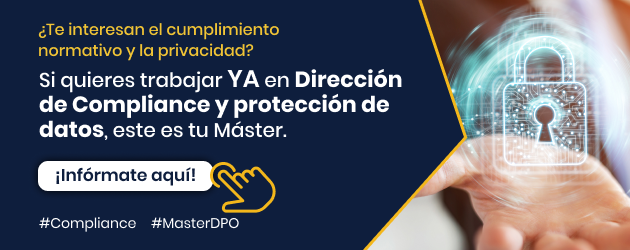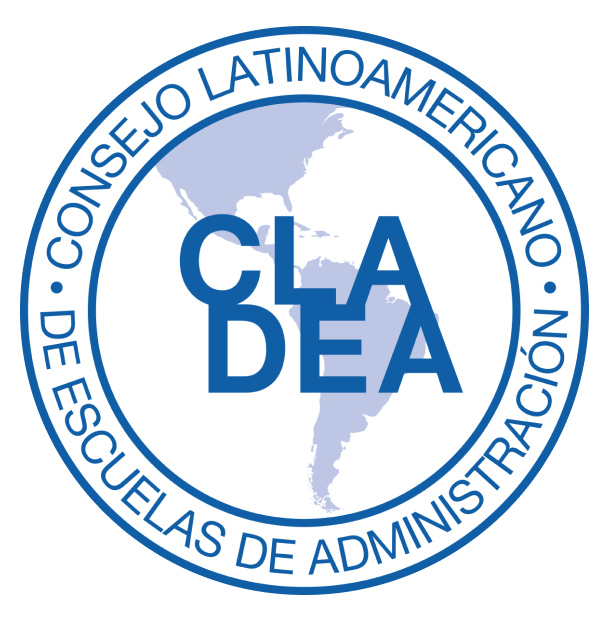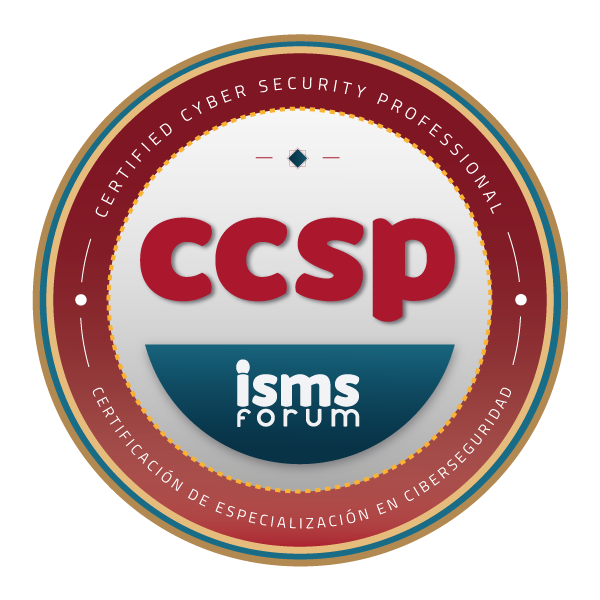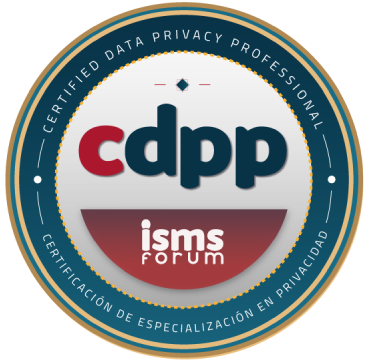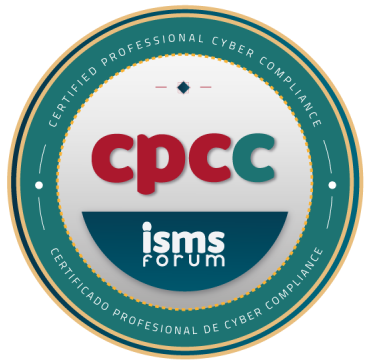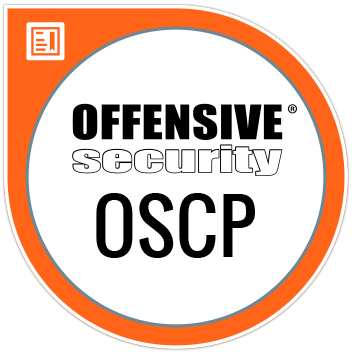Preparing for a security audit—whether ISO/IEC 27001, ISO/IEC 22301, ENS, or NIS2—requires a significant amount of documentation and organizational work. Quality, IT, and CISO teams know this well.
This is where artificial intelligence (AI) in audits can become your ally. It doesn't replace human resources, but it can streamline preparation, verification and documentation in increasingly complex environments.
How can AI help you?
1. Automatic evidence organization
AI can scan entire folders of documents (policies, minutes, logs, etc.) and label them according to regulatory controls (ISO, ENS, NIS2…). This improves traceability and facilitates the auditor's work.
2. Preliminary compliance matrices
From the uploaded documents, some tools automatically generate compliance matrices that help detect gaps or redundancies before internal review.
3. Summaries and consolidation of evidence
Writing policy briefs or reports can be tedious. AI helps generate clear and homogeneous summaries, speeding up the preparation of deliverables.
4. Start from a base for new documents
When a policy needs to be created from scratch, AI can provide a first draft which is then adapted to the reality of the organization.
Examples by standard
– ISO 27001
- Classification of evidence by Annex A controls
- Support in drafting the SoA
- Automatic policy review
-ENS
- Classification of assets by dimensions CITAD
- Detection of essential vs. reinforced controls
- Generation of an initial adaptation plan
-NIS2
- Sectoral compliance review
- Extraction of findings from internal audits
- Support in regulatory reports
-ISO 22301
- Verification between BIA, risks and plans
- Generating evidence for simulations
- Analysis of the degree of maturity of the system
At EIP we help you lead
AI does not replace expert judgment, but it can save time and improve document quality. Some good practices:
Not relying on AI for interpret regulations
Always validate the generated documents
Use tools that respect the confidentiality


